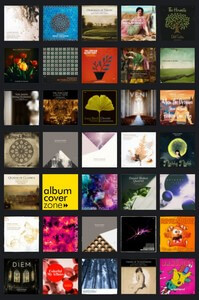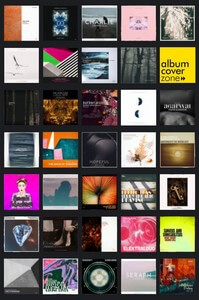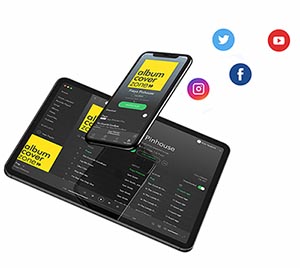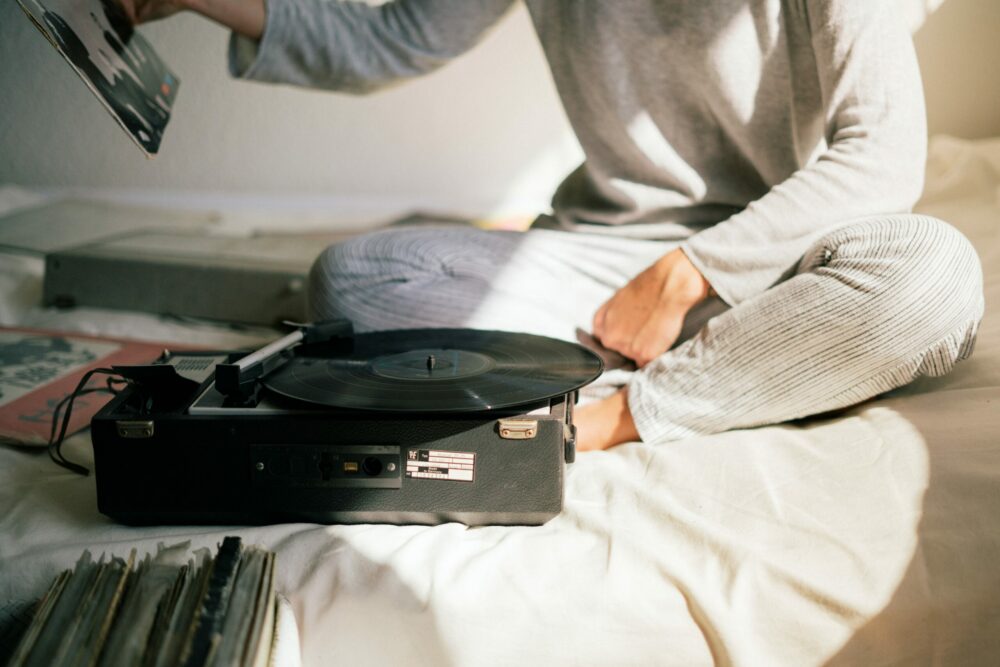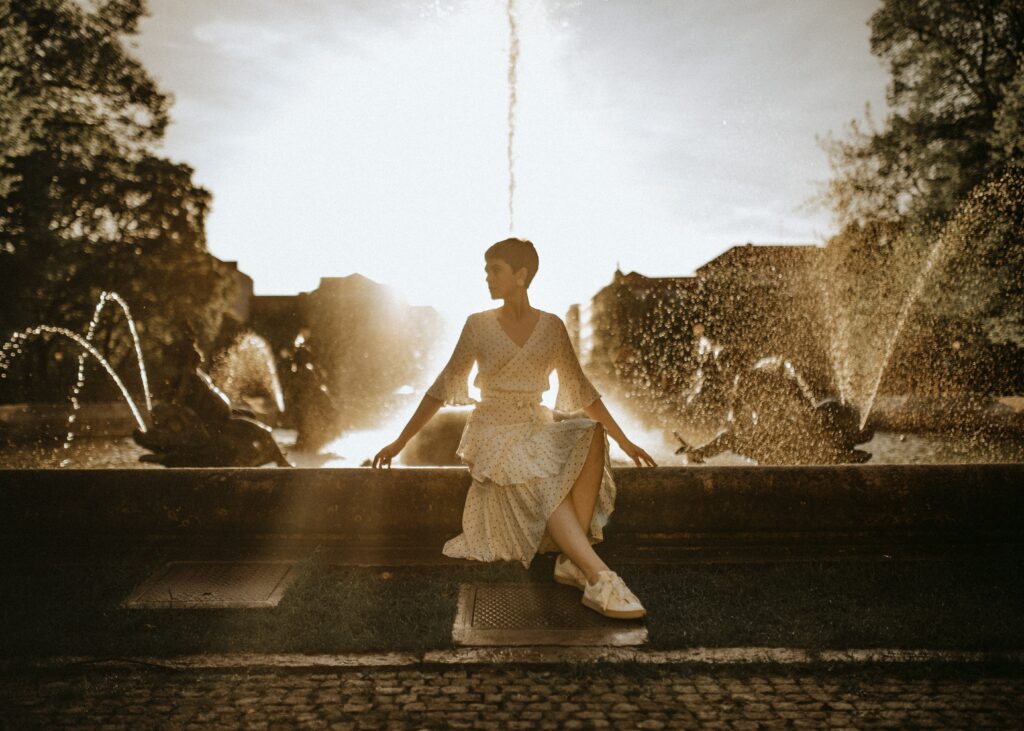
The ultimate struggle of the mainstream musician. Following the path that has been walked on by many is a very risky maneuver. After all, getting to be recognized within musicians alike makes it a very tough quest. But in the meantime, staying too away from the mainstream is not an option if you want to blend into the popular culture.
Pop has been and will always be a very contradicting genre. It reaches millions of people and gains acceptance on the spot, getting to be recognized as the “familiar music”, yet the sound of pop always changes. A mainstream musician on the stairs of recognition needs to establish an understanding of why and how does this happens.
Popular music and pop music can mean different things, regardless, the music that is accepted by the mainstream audience needs to have something that everyone can relate to. This can be the lyrics the form or the instrumentation. The key here is this; it does not have to be all of that at the same time. Successful pop musicians create unique patterns within the zone of familiarity. They “include” the new, a very carefully selected “new” to the “familiar”. And that makes them unique.
Next time when you listen to the genre pop from the 80’s or 00’s take a good look at the elements that are in use. Try to connect the dots and establish your understanding of what changed and what stayed. Having a deeper understanding of the genre itself can provide you with the key to figuring out a way to exist in it in the future.
A lot of people think that music history means stuff about classical music or early music, maybe it can mean jazz. But pop music established more than half a century of content and information to gather and analyze. What it has always been very successful at was to realize and recognize the “out of the box” element and include it in it. This happened when pop music borrowed elements from “electronic music” when a non-acoustic instrument was just crazy talk to the mainstream audience. This happened when pop music took a bit of grunge, a bit of rock, rap, metal, and hip-hop. All that used to be underground found themselves within the realm of pop when the genre took in bits from them.
Being a rebel was not hip before. Wearing leather jackets was not hip before, people of the 2010 look were to be avoided by the mainstream. Graffiti was something to avoid before it was recognized as an art form. Sex was not talked about openly before Madonna’s famous lyrics “Oops, I didn’t know I couldn’t talk about sex”. Who knows what will the next decade bring? Past years have seen a rise of uplifting and in fact, bluntly happy vibes in the popular culture whereas in the 90s being sad, being dumped, and being alone was more countable in the lyrics than today. It shows that the mainstream culture wants to go brighter and maybe not rebel so much anymore.
But then, how to make yourself unique in it? What are the new elements that are parts of subcultures and underground cultures today that will be part of pop tomorrow? It is the singer-songwriter’s challenge to figure that out, it is the producer’s mission to formulate that, it’s the arrangers’ work to establish the form of the ’20s.
This also shows itself in the design of album cover design. Decade by decade, styles of music established certain visual looks that today we can almost always recognize the decade of an album from the cover. Pop from the ’80s has a look that pops from the ’90s doesn’t have. The Rock of the ’00s is different from the rock of ’80s. Here at AlbumCoverZone our design team analyses these changes, and respects the image of the past and the image of today. But also, like the pop musicians we sometimes borrow new elements, the unused ones, the underground ones, the ones that have never been tried before, to explore and to create the look of the future. The ’20s will see a lot of AlbumCoverZone artwork in its charts, we can assure you that.
Good luck to us all on this journey.
